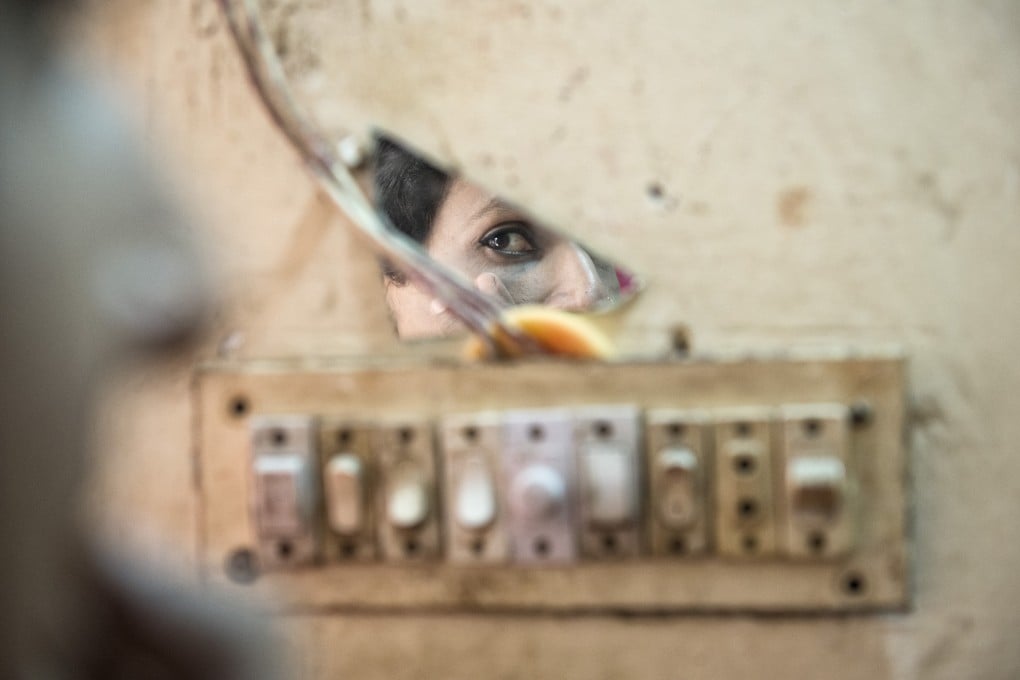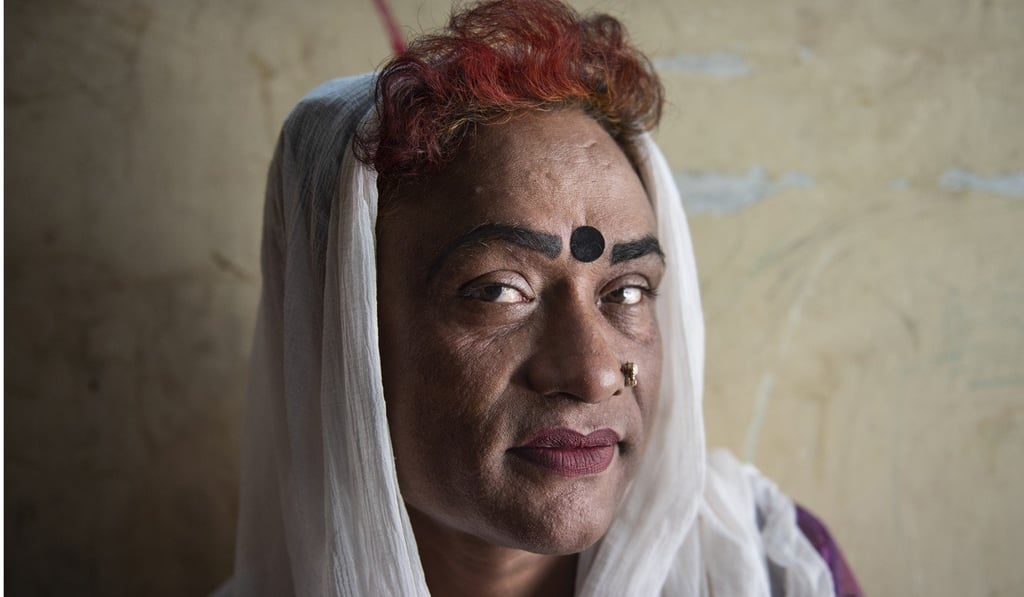In India, Bangladesh and Nepal, transgender communities exist on margins of society, waiting for change in public opinion
- Transgender rights across South Asia are being addressed
- Societal shifts occur more slowly, however, and discrimination remains a daily reality for the subcontinent’s hijras

Making people uncomfortable is easy for Shanta. She just needs to stand in front of them for a few seconds. She may spend 30 minutes putting on her make-up, don a long gown and a hijab, but most of her fellow Bangladeshis still consider her a man.
“We live in a traditional, religious society,” she says, collecting a 10 taka (90 HK cents) note from a blushing young couple sitting under a tree in the capital, Dhaka. “No one wants to be shamed in public, so they give us money to go away.”
Those who look away, or try to resist, are in for a nice big hug. A sure-fire wallet opener.
“People now deign to call us ‘third-gender,’” Shanta says later, climbing the narrow stairs to her cramped attic apartment shared with four other hijras – the most common term in South Asia for transgender or intersex people. “But still, nobody would rent us a nice place, so we have to stay in this s**thole.”

Sagorika, at 40 the eldest of the group, speaks with a husky voice: “The constitution says we’re all equal but that’s a lie. My former colleagues would call me a faggot and refuse to eat at the same table as me.”
Until the British arrived in the 19th century, hijras were accepted members of South Asian societies, from the flood plains of South India to the heights of the Himalayas.
